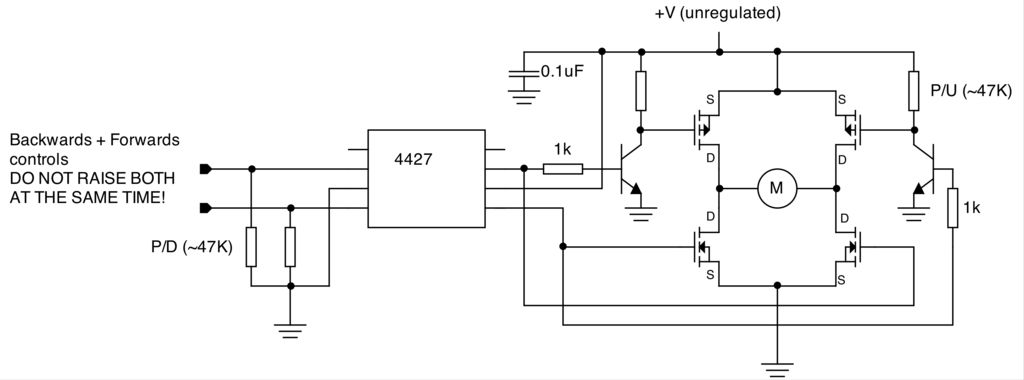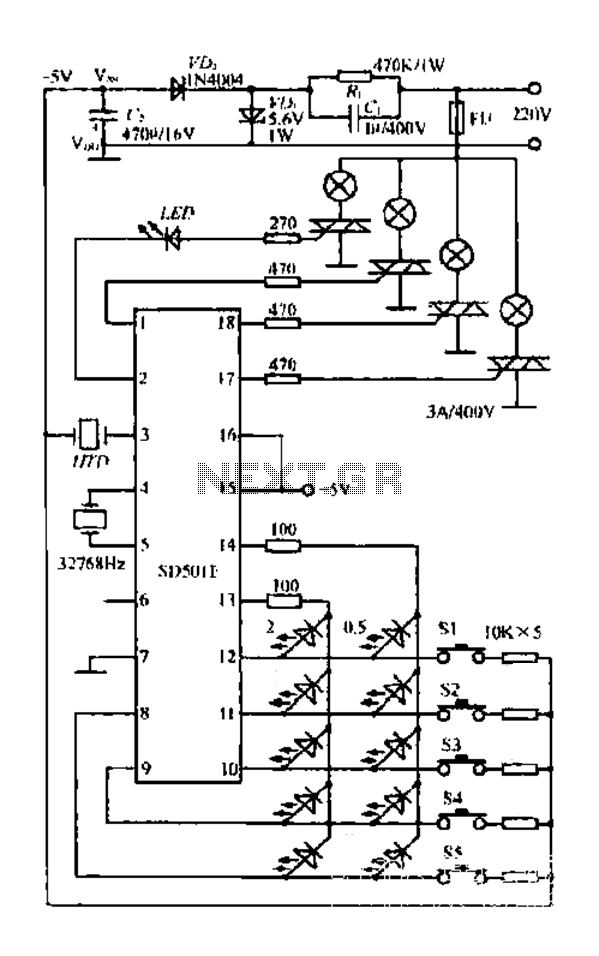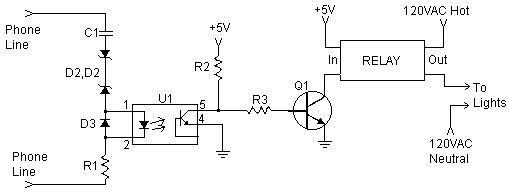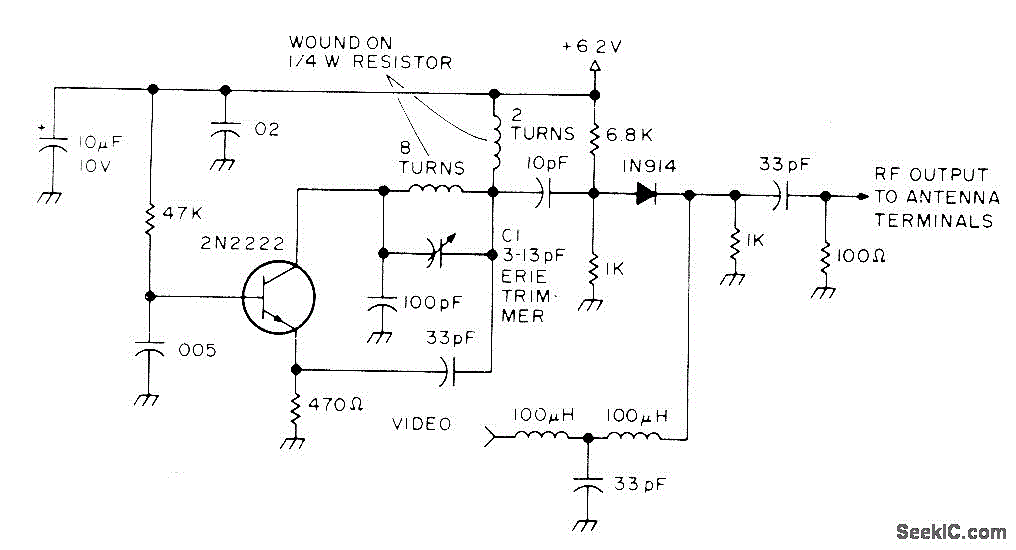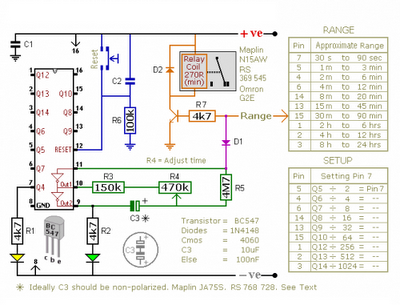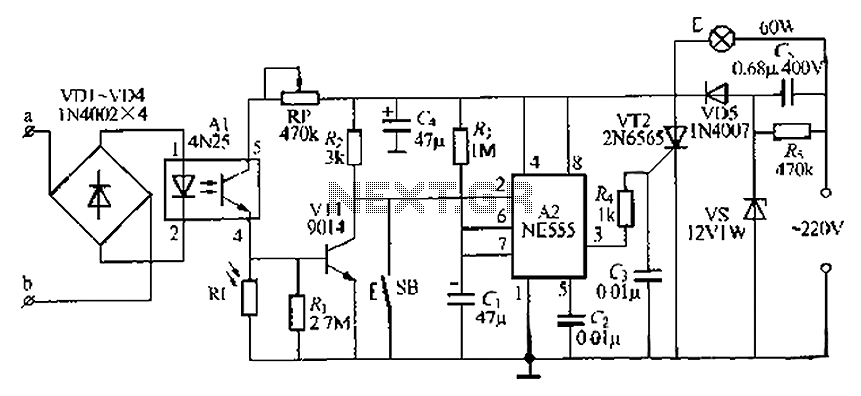
Understanding FM transmitter circuit
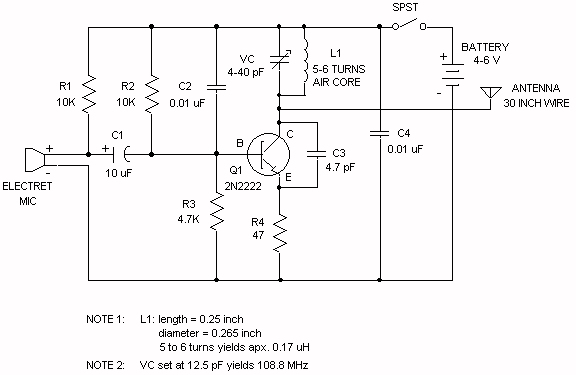
Wireless FM Transmitter. The site provides some explanation on how the circuit operates; however, there are uncertainties regarding certain components, including the electret microphone and the frequency modulation process. The electret microphone operates at a current of 200 µA, which varies by ±3 µA in response to sound waves. This variation sets the voltage across resistor R1 to 2V, while the voltage across the microphone is 4 volts. As sound waves impact the microphone, the current through R1 increases slightly, leading to a reduction in the voltage across the microphone. This changing voltage is transmitted through the coupling capacitor, C1, to the base of the transistor, which is biased by resistors R2 and R3 to approximately 2V. The voltage across resistor R4, when there is no signal on the microphone, will be Vb - 0.7V (the voltage drop across Vbe), resulting in 1.3 volts. As the voltage at the base changes, R4 will also change correspondingly. This change in voltage is reflected at the base of the tank circuit, affecting the signal voltage. There is confusion regarding whether this represents amplitude modulation (AM) since it seems that capacitance would need to change for true frequency modulation (FM). If amplitude modulation were occurring within the FM spectrum, it raises the question of how a radio receiver could demodulate the signal. Additionally, there is uncertainty about the role of capacitor C3, including whether it maintains the collector-emitter voltage at a fixed level, and whether it, along with capacitor C2, functions as a bypass capacitor, or if bypass capacitors must be connected to ground.
The Wireless FM Transmitter circuit utilizes an electret microphone as the primary audio input source. The electret microphone converts sound waves into electrical signals by varying its output current in response to sound pressure levels. The specified current of 200 µA, with a variation of ±3 µA, causes a corresponding change in voltage across R1, which is a critical component in determining the signal level fed into the circuit.
When sound waves strike the microphone, the resulting change in current through R1 alters the voltage across the microphone, effectively modulating the audio signal. This modulated signal is then coupled through capacitor C1, which blocks any DC component while allowing the AC audio signal to pass through to the base of the transistor. The transistor acts as an amplifier, with its base biased at approximately 2V through resistors R2 and R3, facilitating proper operation within the active region.
The voltage across R4 is influenced by the voltage at the base of the transistor, which changes in response to the audio signal. When no signal is present, the voltage across R4 is determined by the biasing conditions, specifically Vb - 0.7V, resulting in a steady-state voltage of 1.3V. As the audio signal modulates the base voltage, the current through R4 changes, which subsequently affects the tank circuit's behavior.
The tank circuit, comprising an inductor and capacitor, is responsible for determining the transmission frequency. The modulation of the base voltage influences the tank circuit's resonant frequency, thus allowing for frequency modulation. In this context, it is important to note that true frequency modulation requires a change in the frequency of the carrier wave, which is achieved through variations in the tank circuit's parameters, rather than merely amplitude changes.
Capacitor C3's role in the circuit is critical; it may serve to stabilize the collector-emitter voltage or help filter high-frequency noise. It can also function as a bypass capacitor, improving the performance of the circuit by providing a low impedance path for AC signals while maintaining a stable DC voltage. Bypass capacitors are typically connected to ground to ensure they effectively filter out unwanted AC components from the power supply, thus enhancing the overall stability and performance of the transmitter circuit.
Understanding these components and their interactions is essential for grasping the operation of the Wireless FM Transmitter and ensuring effective modulation and transmission of audio signals.Wireless FM Transmitter. The site has some explanation on how the circuit works, however I`m not sure about a few things, including the electret mic & how the frequency modulation takes place. The electret microphone has a current of 200uA which changes by +- 3 uA depending on sound waves. This sets the voltage across R1 to 2V and the voltage acro ss the mic to 4 volts. As the sound hits the mic the current through R1 increases slightly reducing the voltage across the mic. Is that what is happening This changing voltage is passed on by the coupling cap, C1 to the base of the transistor, which is biased by R2 & R3 to approx 2V.
The voltage across R4 with no signal on the mic will be Vb - 0. 7 (drop across vbe), 1. 3 volts. As the voltage at b changes R4 will change by the same amount. This change in voltage is seen at the base of the tank circuit. And the signals voltage is increased/decreased. Isn`t this what happens in AM As wouldn`t the capacitance need to change in order to get Frequency modulation And if it was amplitude modulation occuring in the FM spectrum, then how would a radio receiver be able to demodulate the signal At this point I`m not sure what is happening at the capacitor C3, what is that doing Is it holding CE at a fixed voltage And is it along with capacitor C2 considered a bypass capacitor Or do bypass capacitors need to be connected to ground 🔗 External reference
The Wireless FM Transmitter circuit utilizes an electret microphone as the primary audio input source. The electret microphone converts sound waves into electrical signals by varying its output current in response to sound pressure levels. The specified current of 200 µA, with a variation of ±3 µA, causes a corresponding change in voltage across R1, which is a critical component in determining the signal level fed into the circuit.
When sound waves strike the microphone, the resulting change in current through R1 alters the voltage across the microphone, effectively modulating the audio signal. This modulated signal is then coupled through capacitor C1, which blocks any DC component while allowing the AC audio signal to pass through to the base of the transistor. The transistor acts as an amplifier, with its base biased at approximately 2V through resistors R2 and R3, facilitating proper operation within the active region.
The voltage across R4 is influenced by the voltage at the base of the transistor, which changes in response to the audio signal. When no signal is present, the voltage across R4 is determined by the biasing conditions, specifically Vb - 0.7V, resulting in a steady-state voltage of 1.3V. As the audio signal modulates the base voltage, the current through R4 changes, which subsequently affects the tank circuit's behavior.
The tank circuit, comprising an inductor and capacitor, is responsible for determining the transmission frequency. The modulation of the base voltage influences the tank circuit's resonant frequency, thus allowing for frequency modulation. In this context, it is important to note that true frequency modulation requires a change in the frequency of the carrier wave, which is achieved through variations in the tank circuit's parameters, rather than merely amplitude changes.
Capacitor C3's role in the circuit is critical; it may serve to stabilize the collector-emitter voltage or help filter high-frequency noise. It can also function as a bypass capacitor, improving the performance of the circuit by providing a low impedance path for AC signals while maintaining a stable DC voltage. Bypass capacitors are typically connected to ground to ensure they effectively filter out unwanted AC components from the power supply, thus enhancing the overall stability and performance of the transmitter circuit.
Understanding these components and their interactions is essential for grasping the operation of the Wireless FM Transmitter and ensuring effective modulation and transmission of audio signals.Wireless FM Transmitter. The site has some explanation on how the circuit works, however I`m not sure about a few things, including the electret mic & how the frequency modulation takes place. The electret microphone has a current of 200uA which changes by +- 3 uA depending on sound waves. This sets the voltage across R1 to 2V and the voltage acro ss the mic to 4 volts. As the sound hits the mic the current through R1 increases slightly reducing the voltage across the mic. Is that what is happening This changing voltage is passed on by the coupling cap, C1 to the base of the transistor, which is biased by R2 & R3 to approx 2V.
The voltage across R4 with no signal on the mic will be Vb - 0. 7 (drop across vbe), 1. 3 volts. As the voltage at b changes R4 will change by the same amount. This change in voltage is seen at the base of the tank circuit. And the signals voltage is increased/decreased. Isn`t this what happens in AM As wouldn`t the capacitance need to change in order to get Frequency modulation And if it was amplitude modulation occuring in the FM spectrum, then how would a radio receiver be able to demodulate the signal At this point I`m not sure what is happening at the capacitor C3, what is that doing Is it holding CE at a fixed voltage And is it along with capacitor C2 considered a bypass capacitor Or do bypass capacitors need to be connected to ground 🔗 External reference
